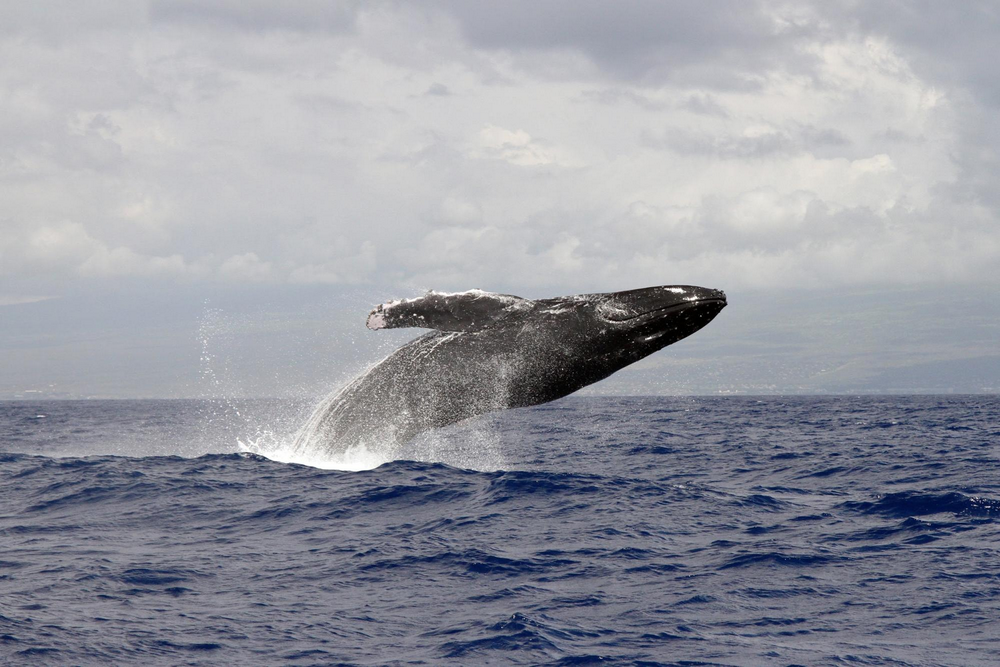In the future, we plan to use our classifier to help NOAA better understand humpback whales by identifying changes in breeding location or migration paths, changes in relative abundance (which can be related to human activity), changes in song over the years and differences in song between populations. This could also help directly protect whales by advising vessels to modify their routes when a lot of whales are present in a certain area. Such work is already being done for right whales, which are easier to monitor because of their relatively simple sounds.
The ocean is big and humpback whales are not the only ones to make noise, so we also started training our classifier on more species sounds (like the southern resident killer whale, which is critically endangered). We can’t see the species that live underwater, but we can hear a lot of them. With the help of machine learning, we hope that one day we can detect and classify a lot of these species sounds, giving biologists around the world the information needed to better understand and protect them.














